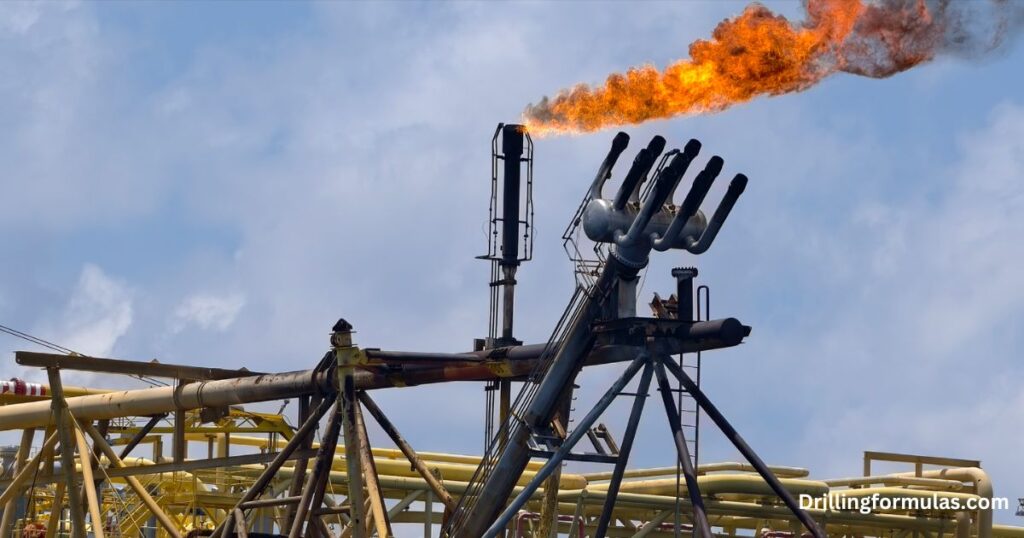The RTTS packer , Retrievable Test-Treat-Squeeze Packer, is a large-bore, retrievable downhole tool designed to create a temporary, pressure-tight seal within a cased wellbore. It is characterized by its ability to withstand bi-directional pressure—meaning it can handle both upward and downward forces—and is renowned for being mechanically set and retrievable. One of its major advantages is that it can be set and reset multiple times using only the tubing string, without requiring additional downhole tools or interventions.
The design of the RTTS packer makes it highly suitable for a broad range of well intervention activities, allowing operators to isolate specific zones for testing, treatment, and other forms of well management.
Primary Applications of the RTTS Packer
RTTS packers are used in a variety of downhole operations, thanks to their adaptable design and reliable performance. Some of the most common applications include:
1. Formation Testing
In formation testing, the RTTS packer is used to isolate a section of the reservoir to assess its pressure, permeability, and fluid characteristics. Whether conducting positive pressure tests (applying pressure to the formation) or negative pressure tests (drawing pressure out), the packer provides a secure seal that ensures accurate and reliable data.
2. Well Stimulation
During operations like acidizing or hydraulic fracturing, it is crucial to isolate the target formation to ensure that treatment fluids reach only the intended zone. The RTTS packer facilitates this by creating an effective seal, enhancing stimulation success and maximizing production output.
3. Squeeze Cementing
Squeeze cementing involves pumping cement into specific areas of the well to seal off leaks, unwanted perforations, or non-productive zones. The RTTS packer ensures that cement is delivered precisely to the required section, improving the long-term integrity of the well.
4. Plugging Abandoned Zones
When abandoning parts of a well or the entire wellbore, it is essential to plug and isolate certain formations. The RTTS packer plays a key role in this process by creating a temporary barrier while cement or other plugging materials are placed.
5. Verify casing leak
The RTTS packer is also utilized to verify if casing leak or not. By locating and setting the RTTS on depths and testing the annulus, this operation can help operator to verify where the leakage is in the casing string.
Working Principle of the RTTS Packer
The RTTS packer operates based on a combination of mechanical and optional hydraulic elements that allow it to be reliably set and released.
Key Components:
- J-slot mechanism: This allows for setting and releasing the packer through a specific combination of rotation and vertical movement of the tubing string. It provides a secure and repeatable method for packer operation.
- Mechanical slips: These wedge-shaped elements grip the inner casing wall to anchor the packer in place.
- Packing elements (rubber seals): These expand outward to form a pressure-tight seal, effectively isolating the zone below and above the packer.
- Hydraulic hold-down slips : In underpressured wells, upward pressure from below can dislodge the packer. Hydraulic hold-down slips counter this by anchoring the packer firmly in place.
- Circulating valve : Before or after the packer is set, this valve can be used to circulate fluids through the tubing. It automatically locks closed when the packer is engaged to maintain the seal.
Setting the Packer:
The RTTS packer is typically run slightly below the desired setting depth. Once in place, the tubing is lifted and rotated, engaging the J-slot mechanism. As the tubing is set down, the mechanical slips deploy and the packing elements expand, sealing the casing.
Releasing the Packer:
To retrieve the tool, pressure across the packer is first equalized—often by opening the circulating valve. Then, the tubing is lifted without rotation, allowing the slips to retract and the seals to relax. Continued upward movement disengages the J-slot, and the packer can be pulled from the well.
Advantages of Using RTTS Packers
The RTTS packer offers several benefits that make it a preferred choice in many well intervention scenarios:
• Retrievability: Unlike permanent packers, the RTTS packer can be easily retrieved, reducing downtime and allowing for multiple operations in a single trip.
• Versatility: Its design supports a wide variety of well operations, from testing and stimulation to cementing and shut-off.
• Full-opening design: The internal bore of the packer is large enough to allow tools (like tubing-conveyed perforating guns) and fluids to pass through, enhancing operational efficiency.
• Resettable: The packer can be set and unset multiple times, offering flexibility in dynamic downhole conditions.
• Reliable Zonal Isolation: It provides a high-integrity seal, essential for accurate diagnostics and targeted treatments.
Conclusion
The RTTS packer is a crucial tool in well intervention and reservoir management. Its ability to provide temporary, repeatable, and reliable zonal isolation makes it critical for several operation such as formation testing, stimulation, cementing, and other downhole operations. With its robust mechanical design, full-opening bore, and retrievable nature, the RTTS packer continues to be a vital tool in maximizing productivity and maintaining well integrity in the oil and gas industry.
<p>The post What is The RTTS Packer and its Functions? first appeared on Drilling Formulas and Drilling Calculations.</p>


















